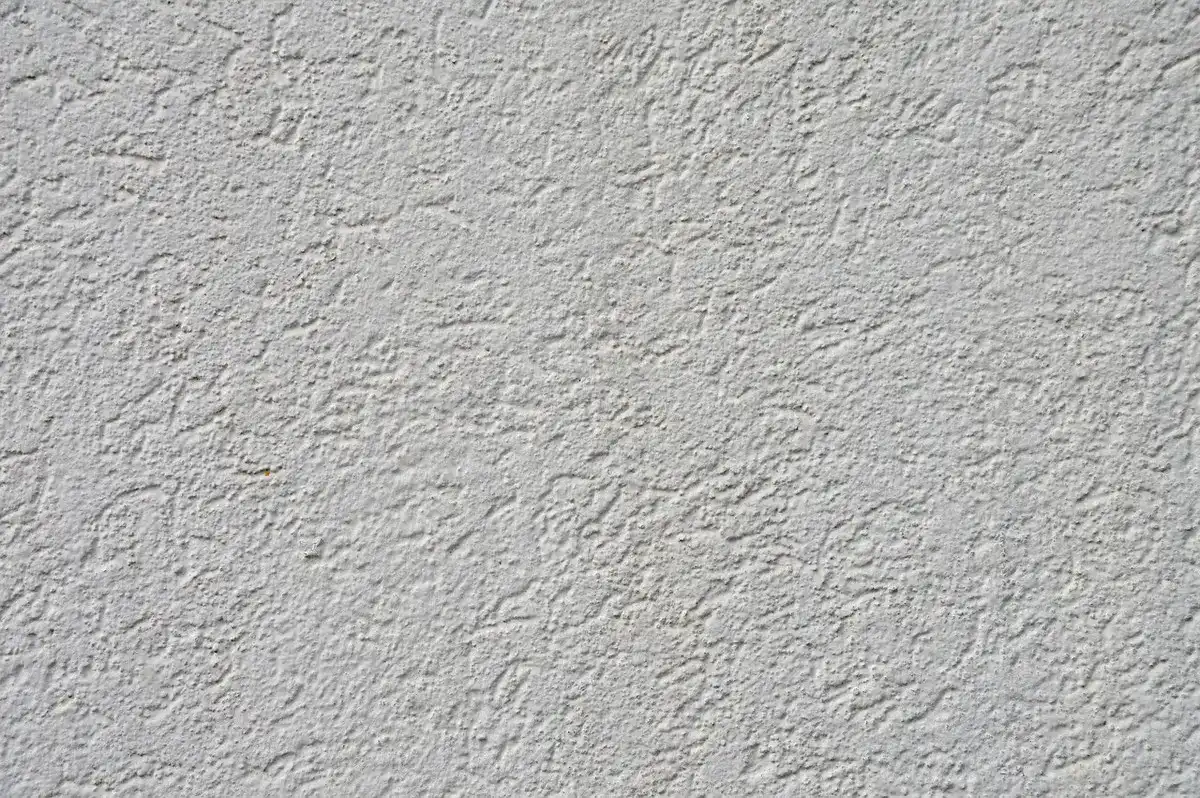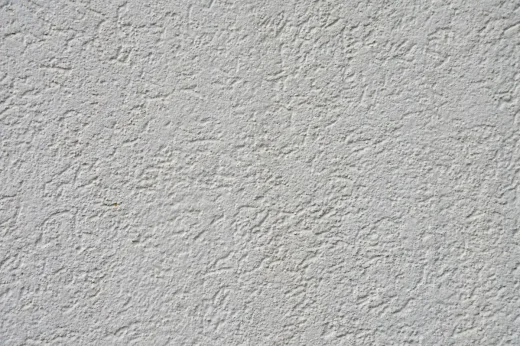Different types of compounds used by UK plasterers guide, Smooth finishes on walls at home
Different Types of Compounds Used by UK Plasterers Advice
3 May 2024
What Are the Different Types of Compounds Used by UK Plasterers: An Overview
In the UK, plasterers utilise a variety of compounds to achieve smooth, durable finishes on interior walls and ceilings. These materials are essential for both construction and renovation projects, ensuring surfaces are properly prepared for decoration or further treatment. Each compound serves a specific purpose, from base layer application to final finishing touches, and must be chosen with consideration to the surface it’s being applied to and the desired end result.
The most commonly used compounds include gypsum-based plasters, such as bonding and finishing plaster. Bonding plaster provides a solid base for absorbent surfaces, offering a key for the topcoat. Finishing plaster, on the other hand, is designed for the final layer, providing a smooth finish that’s ready for painting or wallpapering. For moisture-prone areas like bathrooms and kitchens, plasterers might opt for a moisture-resistant plaster or a cement-based backing plaster which effectively withstands humid conditions.
Adding to the repertoire are specialist compounds such as plasterboard adhesives and jointing materials. Plasterboard adhesive helps secure plasterboard to walls, while jointing materials are used to fill and finish seams between boards, ensuring a seamless appearance. Each product brings its unique properties to a plastering project, affirming the plasterer’s role as a skilled artisan with a diverse toolkit at their disposal.
Types of Plastering Compounds
Plastering compounds are essential for achieving smooth, durable finishes on walls and ceilings. Each type varies in components and properties, suiting different environmental conditions and surface requirements.
Gypsum-Based Plasters
Gypsum-based plasters are widely used in the UK due to their versatility and ease of use. Thistle MultiFinish and British Gypsum are commonly applied for a smooth finish over undercoat plaster backgrounds. Bonding and Browning are used to level out irregularities, typically in drier environments.
- British Gypsum:
- Thistle MultiFinish: Suitable for a variety of backgrounds
- Thistle BondingCoat: Ideal for low suction backgrounds
Cement-Based Plasters
Cement-based plasters are preferred for their moisture-resistant properties, making them ideal for exterior use or areas prone to dampness. RenderMix and Snowcrete are examples that provide durability in harsh weather conditions.
- RenderMix:
- High moisture resistance
- Durable in external applications
Lime-Based Plasters
Lime-based plasters, such as Lime Green Solo and Heritage Lime Plaster, allow buildings to breathe, making them suitable for restoration work on historical structures. They offer flexibility and are less prone to cracking compared to gypsum.
- Lime Green Solo:
- Enhanced flexibility
- Suitable for heritage conservation
Polymer-Modified Plasters
Polymer-modified plasters, like Knauf MP Finish, incorporate polymers to improve adhesive strength and flexibility. These are beneficial for surfaces exposed to movement or where enhanced durability is required.
- Knauf MP Finish:
- High adhesive strength
- Superior flexibility and durability
Applications and Selection Criteria
When choosing compounds for plastering applications, UK plasterers consider several factors to ensure the compatibility and performance of the product with their specific project requirements.
Factors for Selection
- Intended Use: The choice of compound is influenced by its intended use, whether for undercoats, finishing layers, or special purposes such as moisture resistance.
- Substrate: Compatibility with the underlying material, such as brick, block, or plasterboard, is crucial.
- Working Conditions: The environment, including humidity and temperature, affects setting times and workability.
Types of Plastering Compounds and Their Characteristics
Bonding Plaster
- Ideal Application: High suction backgrounds
- Setting Time: Medium
- Special Characteristics: Strong adhesion
Browning Plaster
- Ideal Application: Substrates needing key
- Setting Time: Long
- Special Characteristics: Suited for float and set
Finish Plaster
- Ideal Application: Smooth finish on undercoats
- Setting Time: Short
- Special Characteristics: Fine mix for smooth surfaces
One Coat Plaster
- Ideal Application: Quick application
- Setting Time: Variable
- Special Characteristics: Time-saving, versatile
Damp Proof Plaster
- Ideal Application: Moisture-prone areas
- Setting Time: Medium
- Special Characteristics: Moisture resistant
Criteria for Selection:
- Adhesion: Plaster must adhere well to the background without slumping.
- Workability: Ease of application and smoothing are considered, allowing for efficient use.
- Setting Time: Selected based on the pace at which the plasterer works and the project timeline.
- Performance: Durability and the ability to resist shrinkage and cracking are key.
UK plasterers must assess these factors carefully to guarantee a finish that is not only aesthetically pleasing but also durable and suited to the building’s requirements.
Comments on this guide to Different types of compounds used by UK plasterers article are welcome.
Architecture
West Town Edinburgh Property Vision
Comments / photos for the Different types of compounds used by UK plasterers advice guide page welcome.





